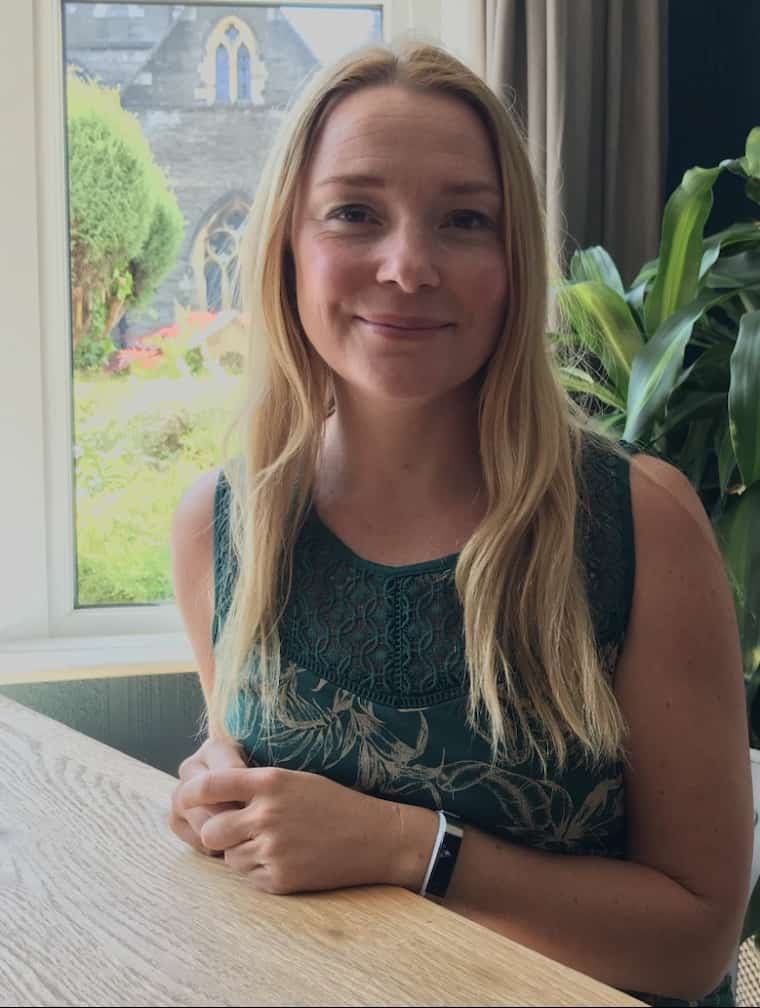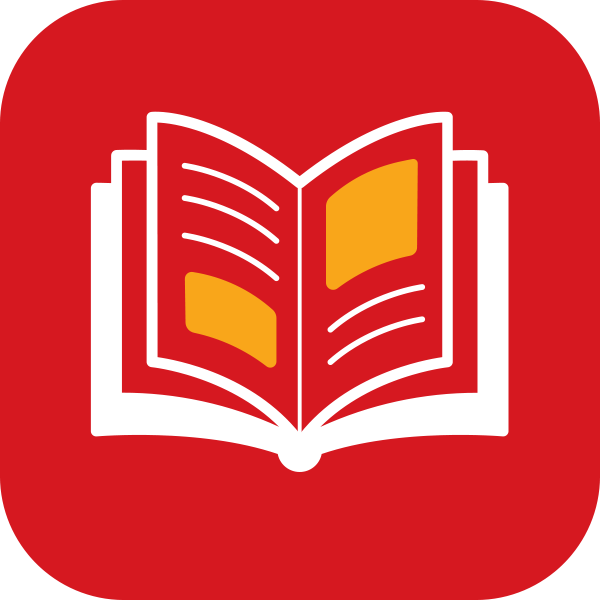Roath Park Primary School is a two-form entry school based in Cardiff. Jane Marker, Leader of Teaching and Learning, explains below how the school has been adapting to the new Curriculum for Wales and how they are using formative assessments from GL Assessment, such as NGRT and NGST, to track the progression of their pupils.
Over the last few years, we have slowly been making changes within the school to prepare for the new Curriculum for Wales, such as ensuring that everyone is using the correct language around curriculum (e.g. “Areas of Learning and Experience” (AoLEs) rather than “subjects”). We are moving away from teaching schemes of work and have now opened up our topics a lot more.
Our main focus in terms of curriculum design has been ensuring that we are tapping into the needs of our learners, as well as the local community. As we already have strong community links established in school, we are looking at how we can involve the community more in supporting the children’s learning - and what we can do to help in return. A key priority is ensuring that assessment works hand-in-hand with this, such as identifying where the gaps are with our children and basing their learning experiences around this.
We have seen a huge impact on teachers in terms of their levels of engagement with the children’s learning experiences. Our children now have a lot more input into what they are learning about, although this is child-centred rather than child-led (we can’t learn about dinosaurs every year, as much as they might want to!). Teachers have been learning about the pupil voice alongside the children as they develop their understanding of the new curriculum and have got a lot better at giving instruction and direction around this to ensure there is still skills coverage and cohesion across the school.
As I lead on assessment at our school, my priority is establishing how to track our learners meaningfully and purposefully across the AoLEs and show their progression. We can extract all this for reading and spelling through GL Assessment’s New Group Reading Test (NGRT) and New Group Spelling Test (NGST) – therefore we will continue to use these assessments in the same way we have previously, alongside the personalised assessments from the Welsh government.
Our Year 2 to Year 6 children have just started sitting NGRT this term and our SENCo and I will then analyse the group report data to establish if we need to delve further into any of the individual pupil reports. We have been using NGRT and NGST with our EAL learners, too. This has demonstrated that, despite reading the sentences and pronouncing the words correctly, some of these children aren’t always comprehending what they are reading.
Decoding/phoneme segmenting is not the barrier for some of our EAL readers – and this is shown in the NGST data. Combination reports tell us that many of our EAL learners are average or above spellers, but lower than average readers. The report is then used to look at implications for teaching and straightforward suggestions to improve reading strategies. We are also using the data from the individual pupil reports for our statemented children where this is relevant to support their needs.
In a few weeks I will be delivering some inset training with our new staff (and a refresher for our more experienced staff) to develop their understanding on how to use the assessment data from NGRT and NGST and what they can pull out from the reports. This will enable them to look beyond the Standardised Age Score and the reading/spelling age for a deeper dive into an individual pupil report. This will be particularly important now that we are using NGRT and NGST more formatively as a whole-school classroom tool, rather than as an “add-on” to track how the children are doing.
Roath Park Primary School is one of Centres of Assessment Excellence



